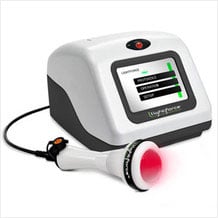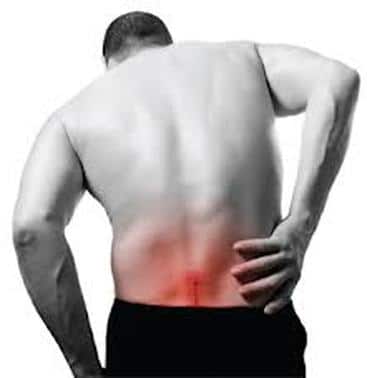Have you received the diagnosis of spinal stenosis and are wondering exactly what that means?
The Mayo Clinic defines spinal stenosis as the narrowing of the open spaces within the spinal column, which can put pressure on the spinal cord and/or cause the openings where the spinal nerves leave the spinal column (called neural foramina) to become narrower.
When spinal stenosis is mild, there are sometimes no symptoms.
However, in more severe cases, it can affect the nerve network that travels down the spine and feeds the entire body, causing symptoms like numbness, weakness or tingling in the extremities (i.e., arms, hands, legs, or feet). It can even affect the nerves that feed the bladder and intestines, resulting in other seemingly unrelated symptoms (such as incontinence).
When spinal stenosis is in the lumbar spine, the result can be pain or cramping in the legs and even difficulty walking. The pain can increase with prolonged standing or walking and reduced or alleviated if the person bends forward at the torso or sits down or when they draw their knees up to their chest.
Other symptoms of spinal stenosis could include frequent falling or “clumsiness” or hot or cold feelings in the legs.
According to Web MD, 75% of the cases of spinal stenosis occur in the low back.
There can be many different causes of spinal stenosis such as heredity, normal age-related wear-and-tear changes in the spine, instability of the spine, spinal trauma (accident-related), arthritis, bone spurs, spondylolisthesis, and (in more rare cases) tumors.
Diagnostic tests, such spinal x-rays, MRIs, CT scans, or a myelogram (an X-ray taken after a dye is injected into the spine), are sometimes ordered to determine whether this condition exists.
Traditional medicine typically uses non-steroidal anti-inflammatory medications (NSAIDS) to medicate the symptoms of spinal stenosis. However, the drawback to this is that the medications used to manage the symptoms can cause damage to the liver or kidney, and can perpetuate the inflammation process long-term.
Also, according to the American Gastroenterological Association (AGA), each year the side effects of NSAIDs hospitalize over 100,000 people and kill 16,500 in the U.S., mostly due to bleeding stomach ulcers.
Other time, corticosteroid injections are administered, or in more severe cases, surgery is performed to attempt to create additional space for the spinal cord or nerves and release pressure on spinal nerves. However, this can cause scarring and once again reduce the space needed for the spinal cord.
 The doctors at Thrive Health Systems take an entirely different approach. We help you to find natural solutions. We focus on custom-tailoring nutritional, structural, and/or postural changes that can be beneficial in alleviating the root cause of this condition.
The doctors at Thrive Health Systems take an entirely different approach. We help you to find natural solutions. We focus on custom-tailoring nutritional, structural, and/or postural changes that can be beneficial in alleviating the root cause of this condition.
Our treatments are safe and effective therapies that can help manage or reduce troubling symptoms. These treatments may include a combination of laser therapy, nutritional therapy, chiropractic therapy, physiotherapies and more.
Give us a call at (719) 475-8676 to schedule a free consultation and see how we can help you today.

 The doctors at Thrive Health Systems take an entirely different approach. We help you to find natural solutions. We focus on custom-tailoring nutritional, structural, and/or postural changes that can be beneficial in alleviating the root cause of this condition.
The doctors at Thrive Health Systems take an entirely different approach. We help you to find natural solutions. We focus on custom-tailoring nutritional, structural, and/or postural changes that can be beneficial in alleviating the root cause of this condition.
